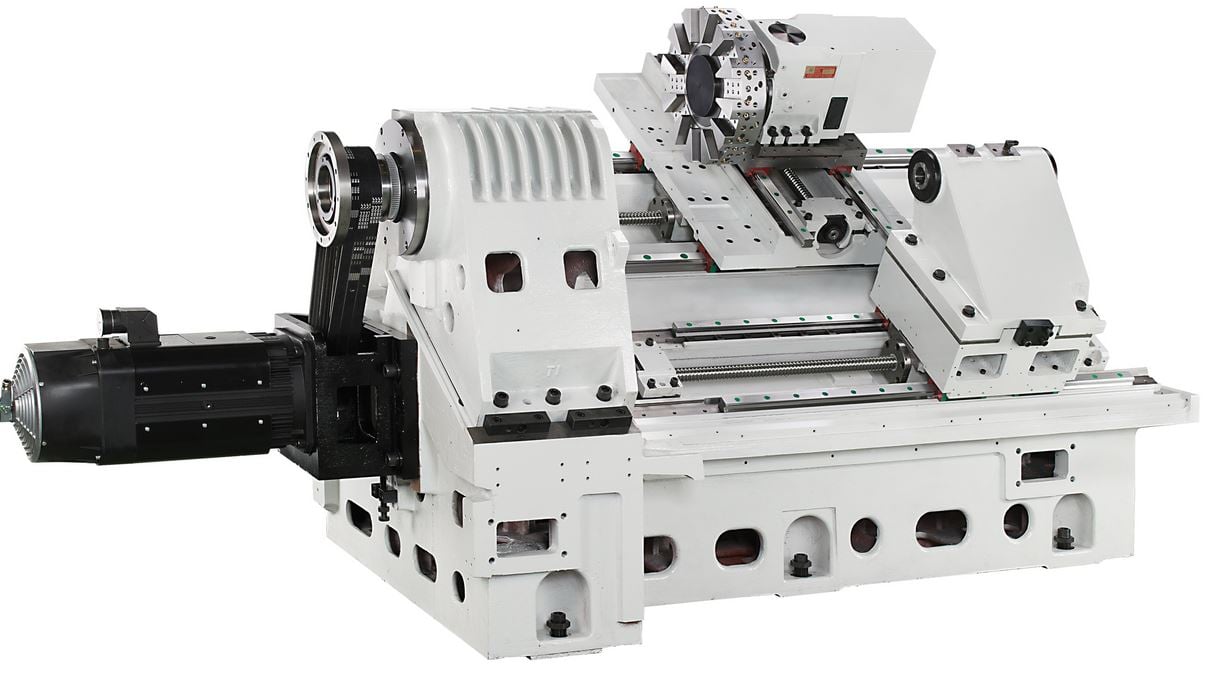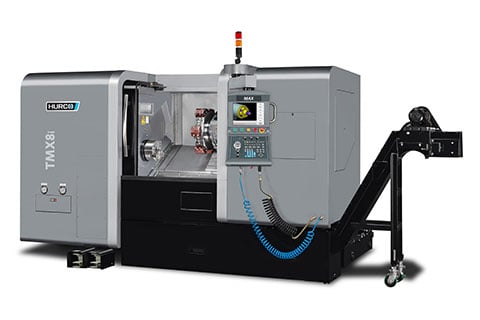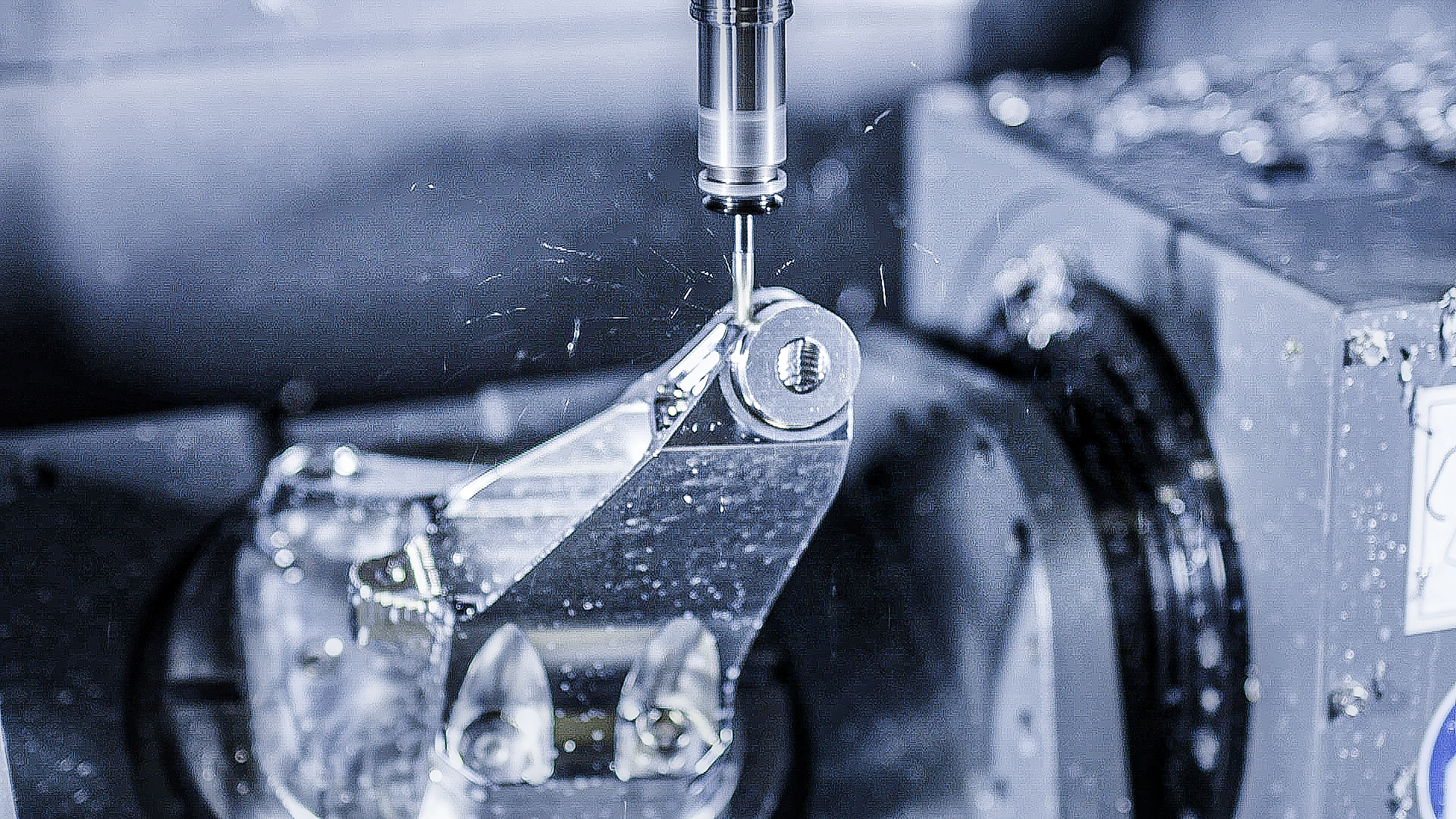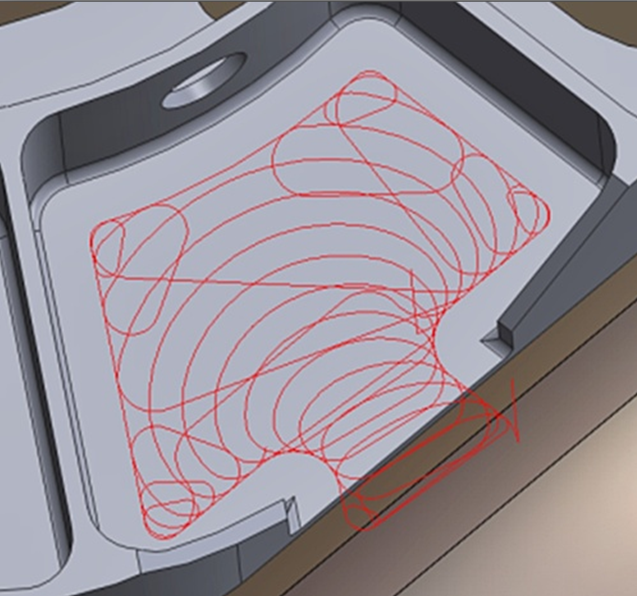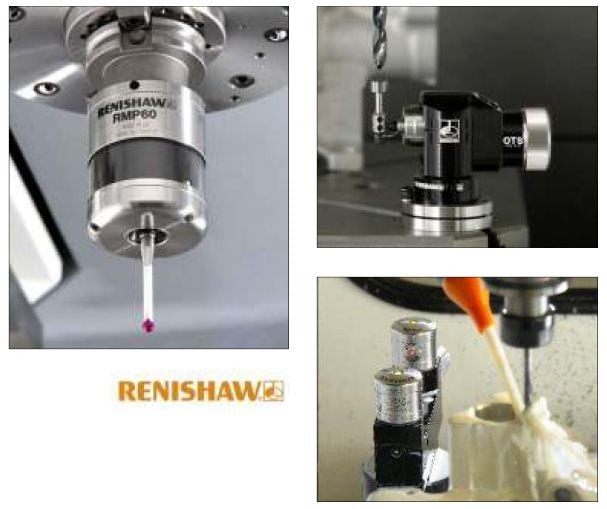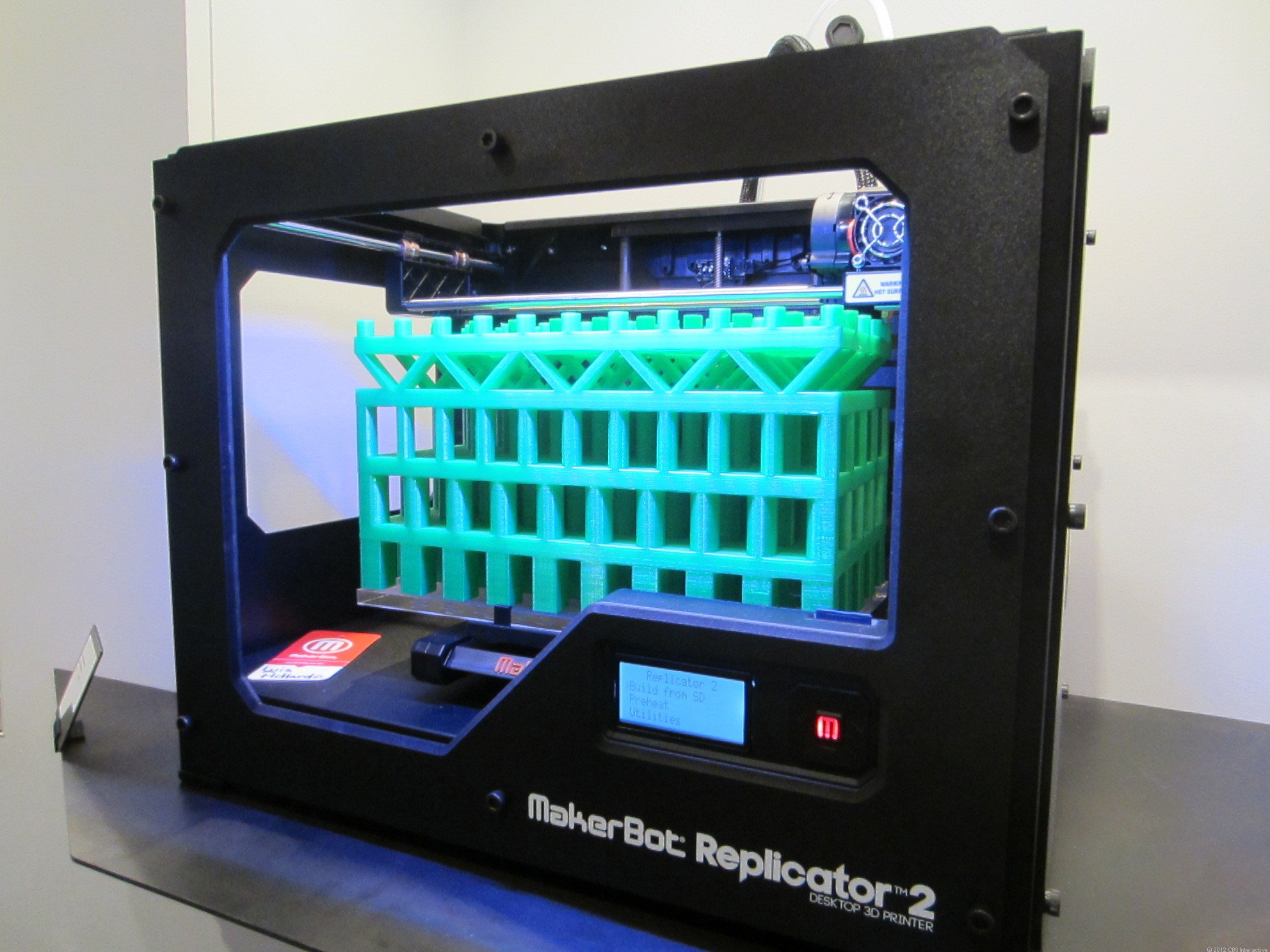Buying a 5-Axis Machining Center? 5 Tooling Variables to Consider
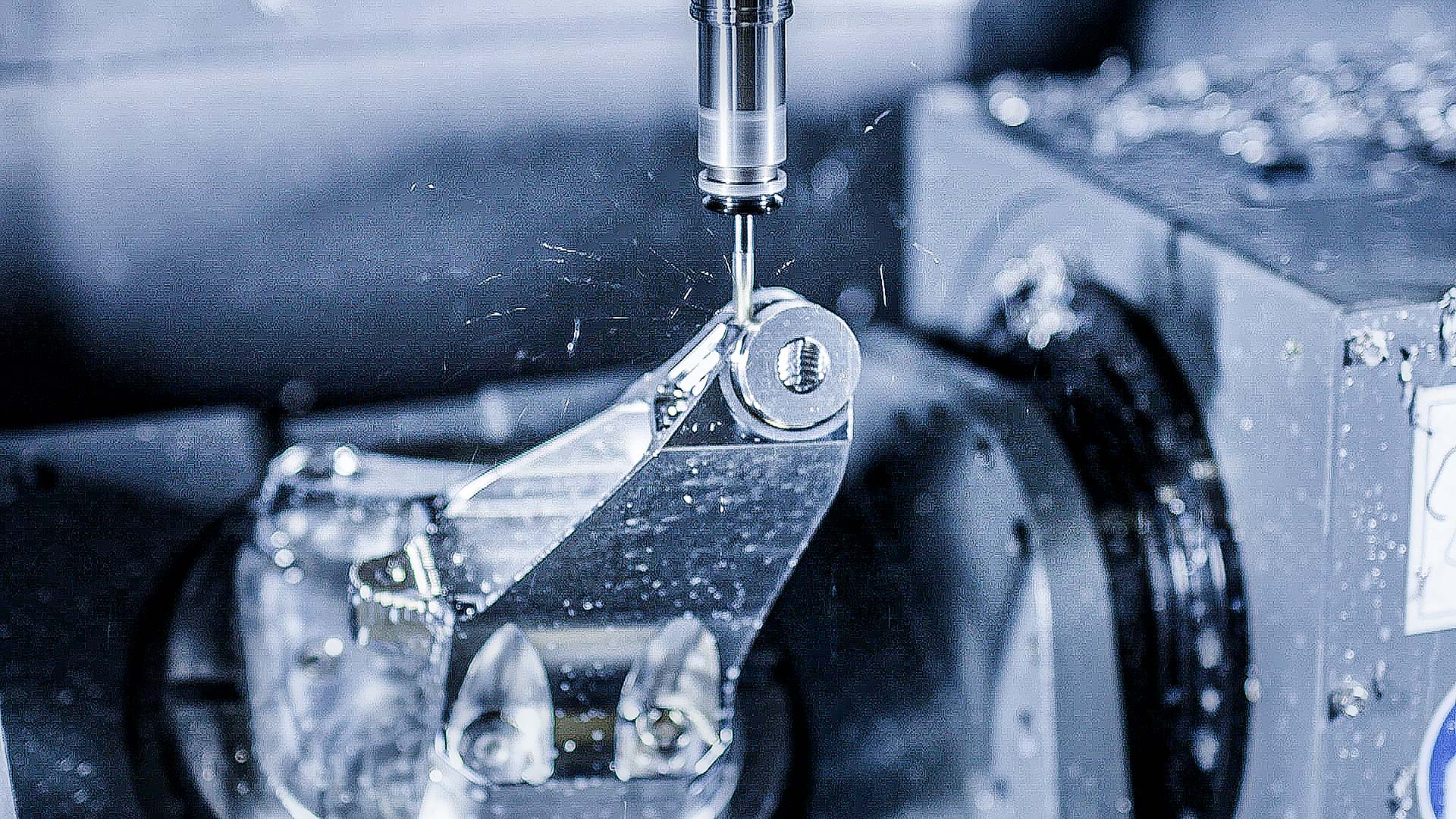
Even the most carefully maintained machining centers eventually become obsolete. When it’s time to replace your older machine, look for one that gives you the maximum dollar value for your investment. 5-axis machining centers are versatile, efficient and flexible, and one can do the work of two or three 3-axis machines.
With that new machine comes an opportunity to upgrade your tooling, as newer machining centers can handle more advanced tooling options. Consider these tooling variables when purchasing a new 5-axis machine.

